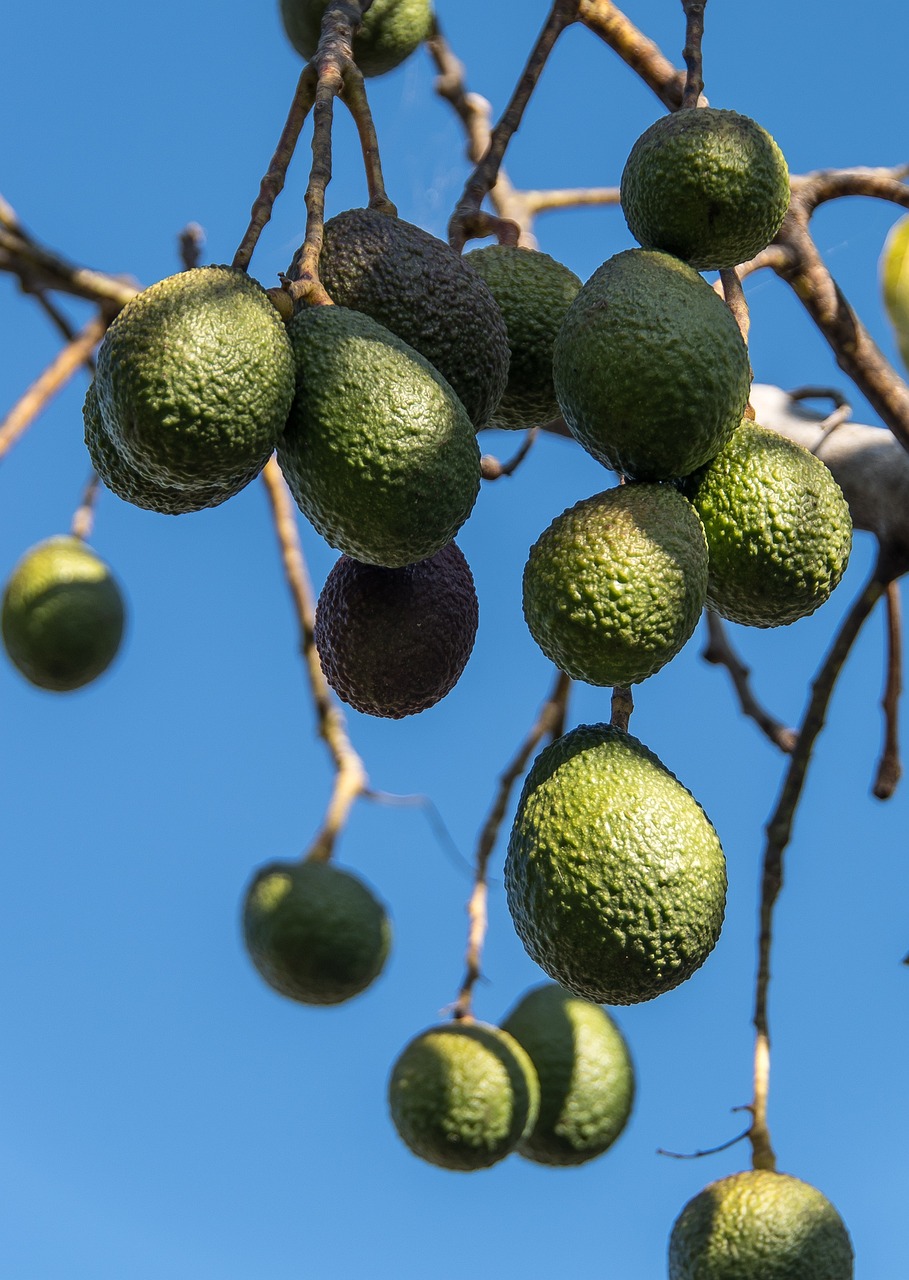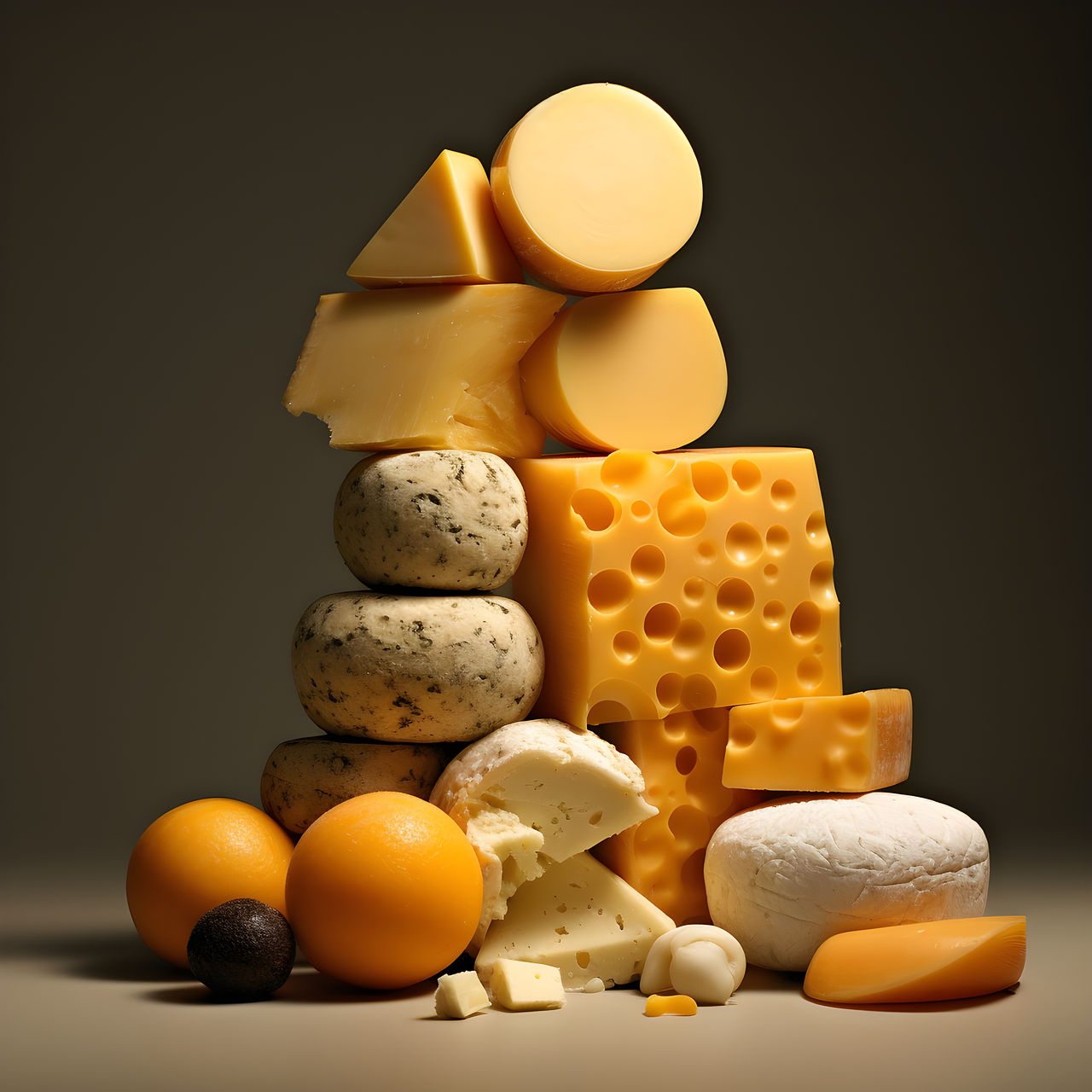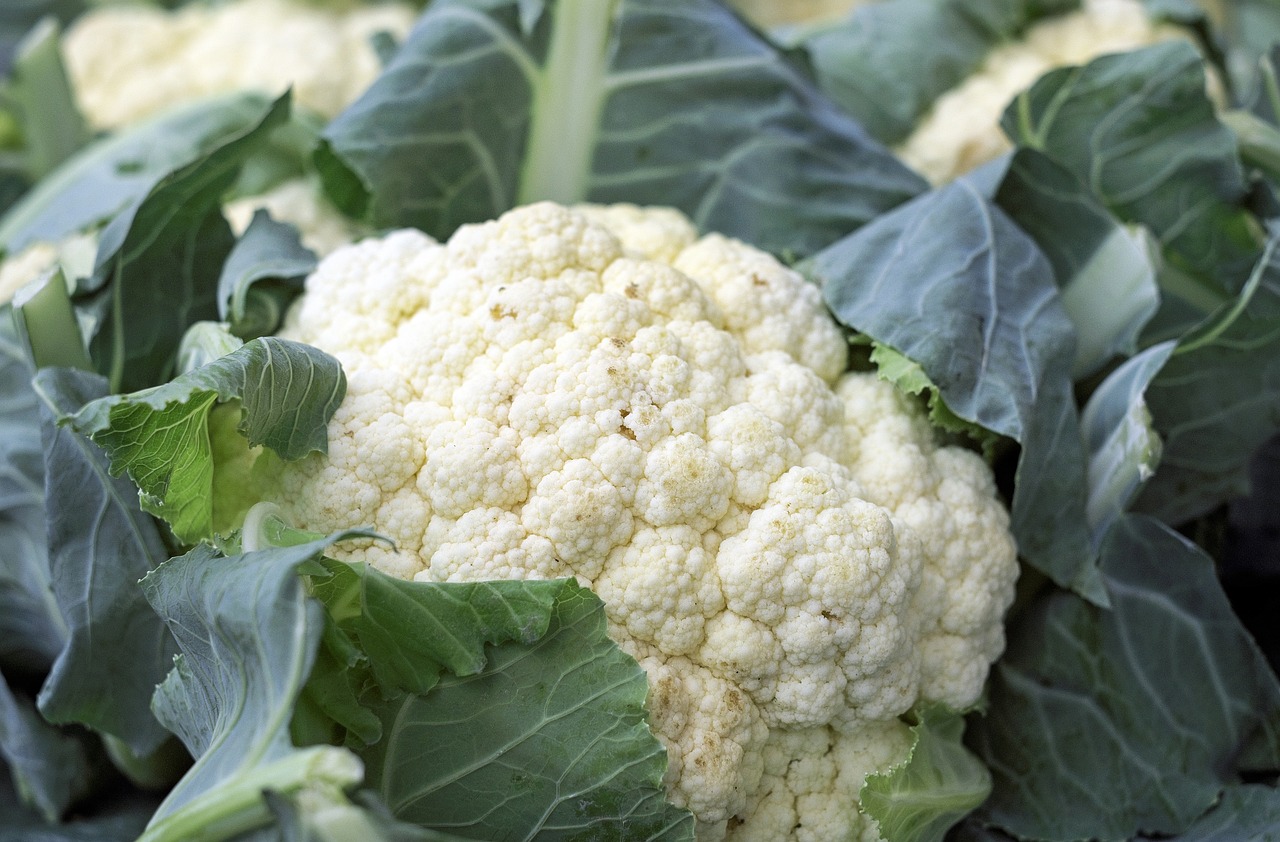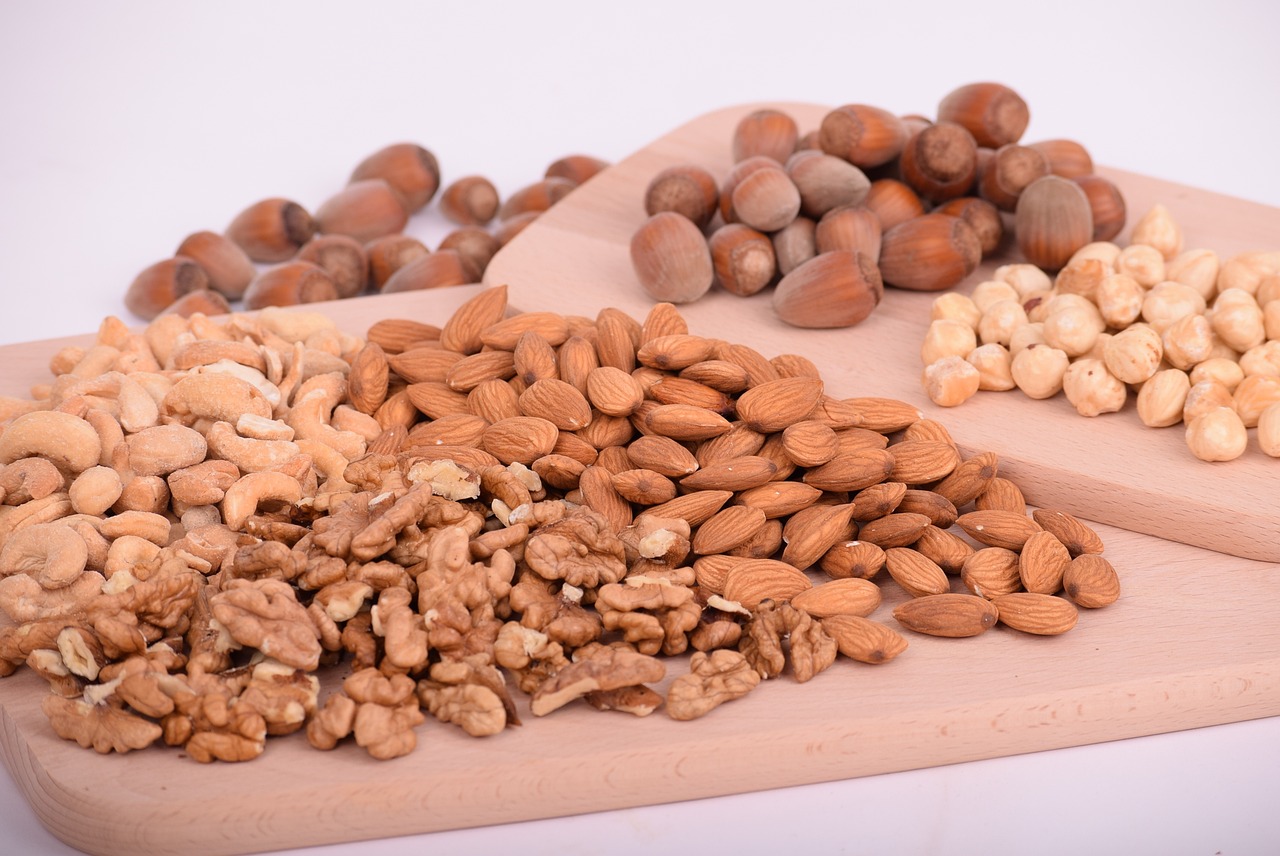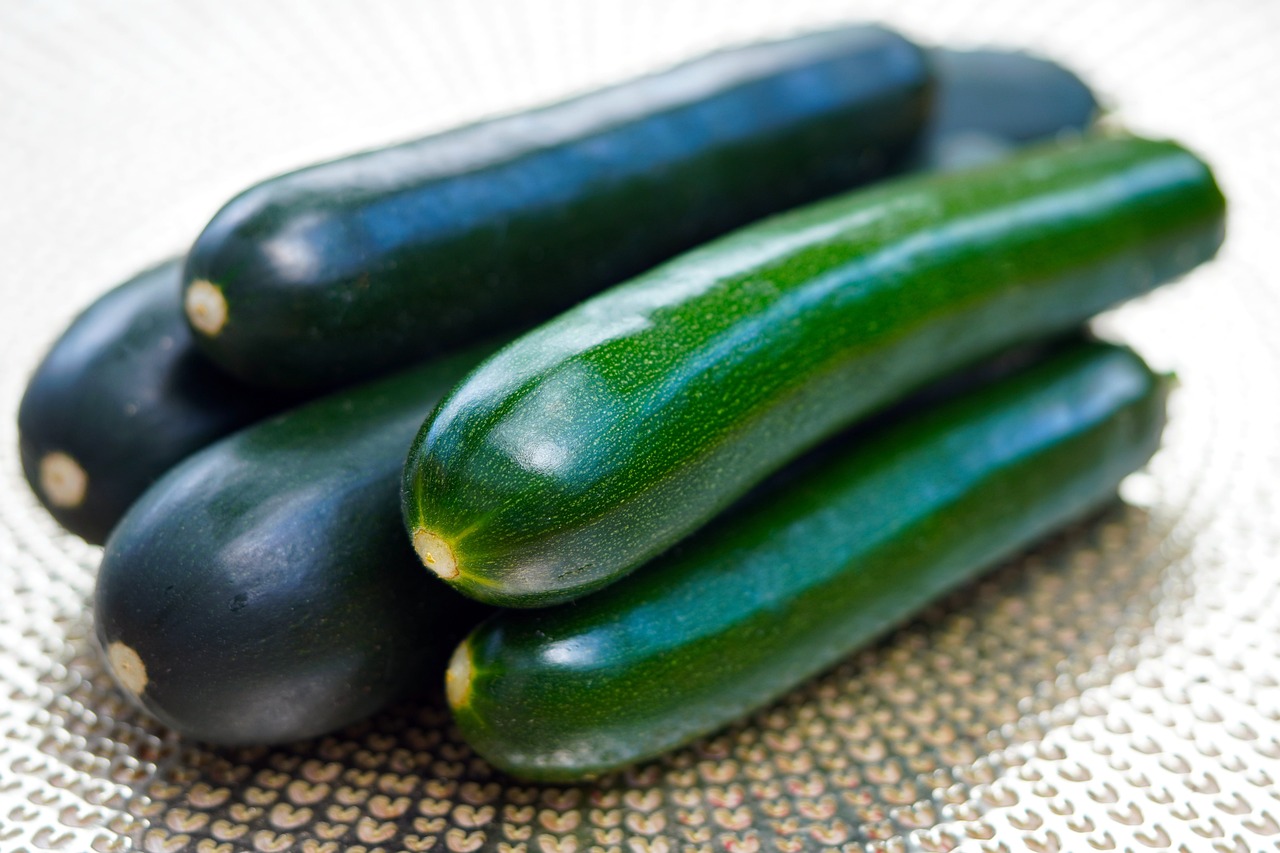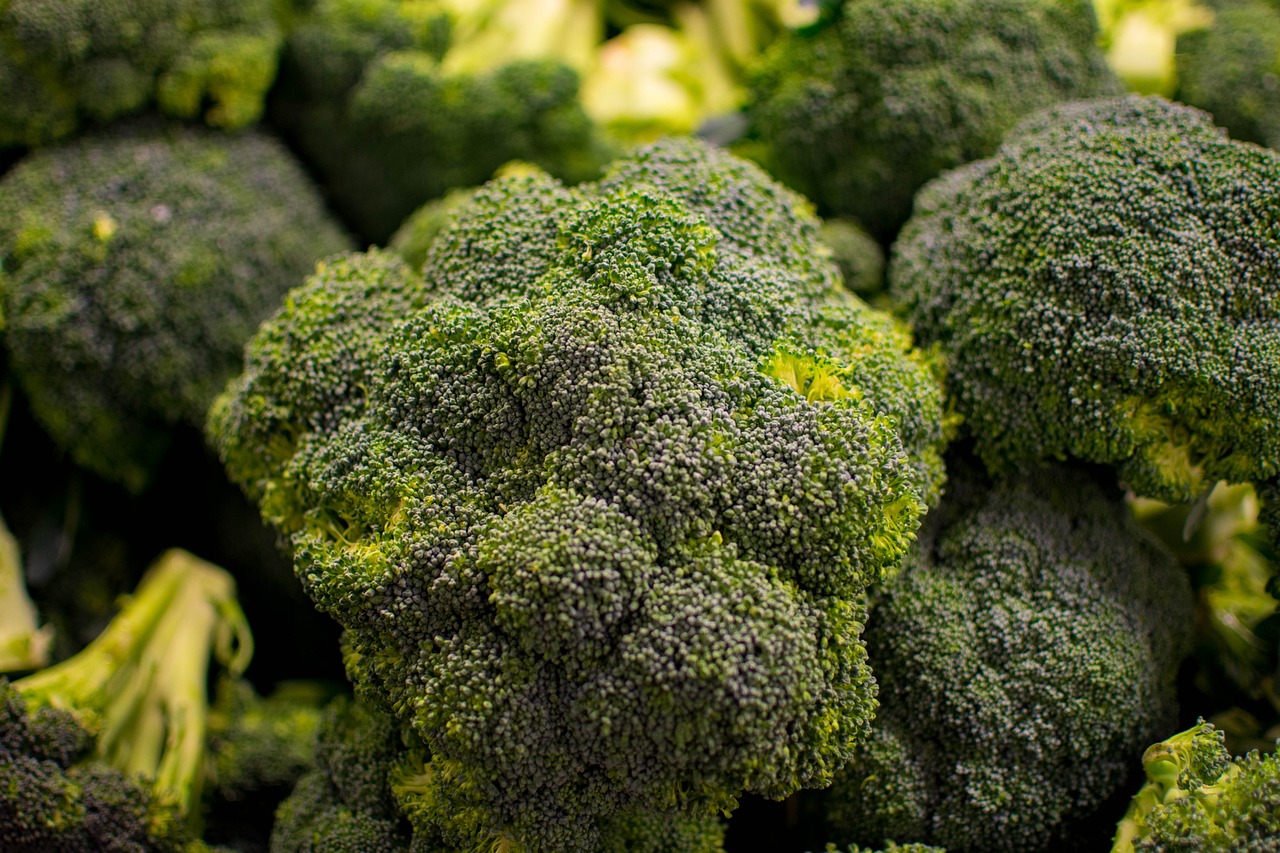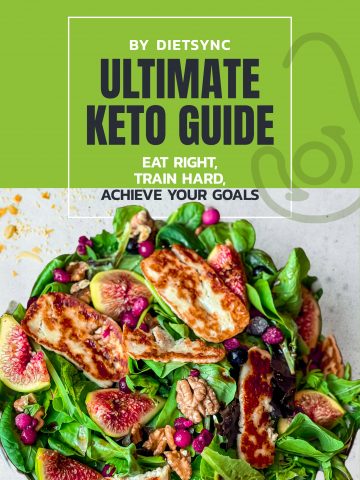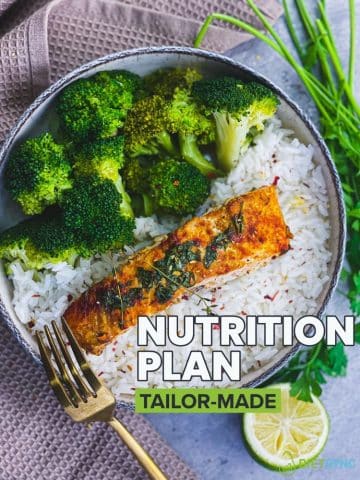

The Complete Keto Diet Meal Plan for a Healthier, Higher Fat Lifestyle
October 12, 2024
The keto diet has been among the trendiest methods of achieving goals in terms of health, fitness and losing weight. Keto diet is also known as low-carb diet and high-fat diet.
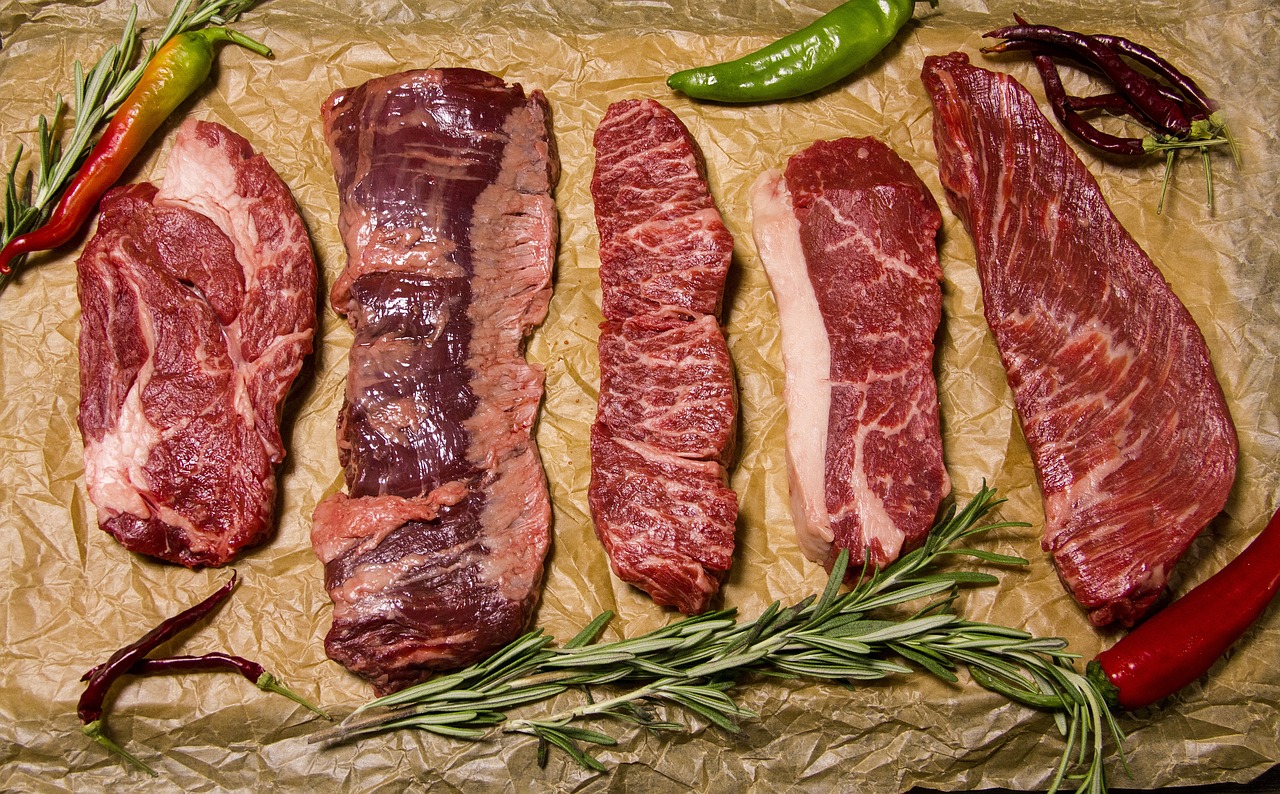
Keto, has more or less become synonymous with energy and weight loss maintenance. In fact, many individuals with weight loss goals usually turn to the low carb diets because they may show faster results in weight loss compared to low-fat diets.
In this article, we will explore the basics of a Keto diet, while also delving deeper into the specifics of low carb diets, its benefits and which foods are recommended to eat when going on a low carb meal plan.
What Is the Keto Diet?
The ketogenic diet, also referred to as the keto diet, is a very low-carb, high-fat eating plan. It aims at changing the body's metabolism from depending on carbohydrates to fat utilisation so that you can lose weight.
It seriously reduces carbohydrate intake while replacing it with fat, which sends the body into ketosis. In this process, the liver breaks down fat into tiny molecules called ketones; and those ketones then turn into sources of energy for many organs, especially the brain.
Nutritional Composition
The general outline of any ketogenic diet would involve:
-
70-75% fats
-
20-25% protein
-
5-10% carbohydrates
Thus, it forces the body to rely on fat, not glucose. Therefore, carbs can be consumed in moderate amounts of about 20-50 grams per day; that would vary depending on goals and metabolic rates.
How Ketosis Works
Normally, your body breaks down the carbohydrates into glucose, serving as the primary fuel for energy to the cells. But in case there is a drastic cut of carbohydrate intake, glucose levels fall to a very low value, hence drastically reducing insulin secretion.
The body would then start breaking down fat reserves into fatty acids. These are then reformed in the liver to something known as ketones. The substitution of glucose by ketones now becomes the main source of energy; especially to the brain, which generally requires a great amount of glucose.
How does a keto diet work?
A typical keto diet works by limiting the intake of carbs, sources of glucose in the body, generally known as energy. Where carbs are drastically cut down, your liver converts fat into ketones, which become the energy source for your body. This will help in regulating blood sugar levels and ramping up the fat burning.
This, in turn, will force your body into a state of ketosis, maintaining energy levels and suppressing cravings, with such a diet plan in tow.
Benefits of a Low carbohydrate diet
The benefits of a low-carb meal plan far extend to weight loss. Here's why so many people are embracing this low-carb nutrition plan:
Weight Loss
Actually, the state of ketosis is a method for using fat for fuel so that you can lose weight. Besides that, the diet can help regulate hunger hormones, possibly reducing appetite, thus making calorie restriction easier.
Energy Boost
Since fat is longer-lasting as an energy source compared to carbs, the vast majority of people who start their keto journey experience fewer energy crashes.
Mental Clarity
Many keto dieters report improvement in mental clarity and focus. This is seemingly because the brain has a constant supply of ketones, which are more stable for the brain as an energy source compared to glucose.
Lower Appetite
The keto diet suppresses your appetite by keeping you fuller with high fat and protein, regulating your sugar levels, and reducing the hunger hormone ghrelin. The keto diet amplifies sensitivity to leptin, a hormone that tells your body when it's full. The ketones alone seem to have a role in controlling hunger. It is much easier this way to eat less and cut calories.
Improved Blood Sugar Control and Insulin Sensitivity
This diet is good for people who have type 2 diabetes or insulin resistance because of its decreasing blood sugar and enhancement in insulin sensitivity.
Foods to eat on a Keto Diet
A keto nutrition plan focuses on high-fat foods rich in healthy fats, moderate in protein, and low in carbs. A more detailed breakdown of nutrient categories will help you understand what you can have.
High-Fat Foods
-
Avocados
-
Nuts and seeds - for example, almonds and chia seeds
-
Healthy oils: olive oil, coconut oil, and butter Fatty fish - such as salmon and sardines
-
Cheese and full-fat dairy products
Sources of Protein
-
Meat: beef, pork chicken
-
Eggs
-
Seafood
-
Tofu (occasionally)
Vegetables with low carbohydrates
-
Greens: spinach, kale
-
Broccoli, cauliflower, zucchini
-
Cucumbers, bell peppers
Snacks and Extras
-
Bone broth
-
Fat bombs: high in fat, but low in carbohydrates
-
Keto-friendly coffee: such as bulletproof coffee
- For a healthy snack, check out our keto-friendly protein bars. They are delicious and require only 4 ingredients to make.
Foods to Limit on Keto Diet
In order to remain consistent in the meal plan of a low carb diet, there are some particular foods that have high carbs and sugars that one needs to keep themselves distance from :
-
Grains: bread, rice, pasta
-
Sweet beverages and snacking
-
Almost all fruits: bananas, apples
-
Starchy Vegetables: potatoes, corn, etc.
-
Processed Foods Containing Hidden Sugars
Avoiding those on your plate ensures that the body stays in ketosis and one can reap all the benefits of their keto diet plan.
Meal Preparation
Meal preparation is an important when dieting because it keeps you on track with a healthy diet at all times. With the nutrition plans here at Diet-Sync, we support you to do meal preparation in an easy and efficient way. Our meal plans are designed in a way that they adapt to your life routine in a very flexible manner.
This is to let you enjoy healthy meals without having to spend lots of hours in the kitchen. Most of the meal options are quite quick to be prepared, we offer you pretty easy recipes that will make healthy eating breeze. Diet-Sync enables you to keep things hassle-free; while making sure you get what you want from the nutritional point of view.
Common Mistakes to Avoid on the Keto Diet
Embarking on a keto diet plan for beginners can sometimes turn out to be confusing and mistakes are made. Some common mistakes that one could commit are below.
-
Inadequate fat consumption: For a reason, the keto diet is high-fat; if you are not consuming enough fats, then your body will not have the proper fuel it needs.
-
Consuming hidden carbs: Most foods that are marketed as "keto-friendly" can still contain small pieces of carbs that may kick you out of ketosis.
-
Neglecting Electrolytes: Losing water weight means losing essential electrolytes;which could manifest in what many call the "keto flu."
-
Consuming Too Much Protein: While protein's a staple, having too much of it will quickly turn to glucose; which may kick you out of ketosis. Eat in moderation.
Tips for success
Going on a low-carb diet may be a deliberate action for reasons related to weight loss, maintaining a health condition, or even for healthier living. Here are some useful tips to help one achieve great success on this low-carb journey.
Weight Loss Goals
Losing weight is probably one of the most common goals for choosing to go on a low-carb diet. Such significant carbohydrate reduction forces the body to take a turn toward being in a state of ketosis; in which it starts to burn fat instead of glucose for fuel. This may turn out very effective for weight loss within a short period, especially in the initial stages.
The emphasis on nutrient-dense foods in your diet that is low in carbohydrates; including leafy greens, lean proteins, healthy fat, and non-starchy vegetables, will help maximize loss of weight. Food record or an application to track the progress of your improvement. Accountability of their action often helps someone to act better to control their struggles.
Health Conditions
The low-carb diets work for diabetic and heart conditions patients to improve their health conditions. It has also been shown in studies; that when these people consume less carbohydrates, blood sugar starts to level up and their insulin sensitivity improves.
This is really helpful for anyone who has type 2 diabetes because it could allow blood glucose levels to be controlled and reduce the need for medications.
If you have a specific health condition, like diabetes, you may want to shape your low-carb diet to meet specific needs of yours; such as upping the ante on fiber-rich vegetables or putting extra emphasis on heart-healthy fat like avocados and nuts.
Blood Sugar Control
It would be wonderful for those people who easily have blood sugar imbalances to go on a diet that restricts carbohydrates. Minimizing carbohydrate intake means minimizing ups and downs of blood glucose, which favors even levels of energy and reduces cravings.
Including a serving of healthy fat and proteins with each meal further helps to regulate blood sugar because the foods contribute to feelings of fullness and impede the absorption of sugars.
This is where regular monitoring of blood sugar can present a major opportunity for learning how different types of food will affect the body.
Hydrating and Balancing Your Weight
It is crucial on a low-carb diet to drink much water, as most of the initial phases result in water weight loss. Try to drink plenty of water throughout your day, and even add some foods high in electrolytes or an electrolyte supplement to help keep your levels in balance.
Also, round out your low-carb meals with a variety of vegetables, proteins, and healthy fats to give you all the nutrition you need without leaving you feeling fatigued.
Low-Fat versus High-Fat Diets
Low-fat and high-fat diets have long battled in the arena of diet and nutrition. Each has its advocates depending on whether one is after weight loss, good heart health, or resolution of metabolic issues.
On one hand, a low-fat diet insists on minimal fat consumption, while the other, a high-fat diet relies on fat as the main source of energy. Knowing the differences between these two diets will enable you to decide which path is better to take.
If you want to read more on this comparison, you can also read this study bythe US Library of Medicine.
Low-Fat Diet
Overall, most low-fat diets restrict fat consumption to less than 30 percent of total calories and emphasize high carbohydrate intake. For a nutrient dense food such as fat, which contains nine calories per gram compared with four calories per gram for carbohydrates, this makes sense.
Low-fat diets rely more heavily on fruits, vegetables, and whole grains, which are well known to help lower cholesterol levels and keep calorie intake low.
On the minus side, however, eating low fat can lead to higher processed carbohydrate and sugar intake; that could lead to blood sugar spikes.
Since fats make you feel fuller longer, those on low-fat diets may be hungrier more often and have more cravings for food. Equally essential is the need not to overlook your intake of essential fatty acids, which are crucial for health in general.
High-Fat Diet
Contrarily, the ketogenic diet and other high-fat diets drastically limit carbohydrate intake and function mostly on fats for energy supply. These diets work toward getting you into a ketosis stage where the body would start burning fat for fuel.
The efficiency of such an approach is that while stimulating the body to burn body fat and giving it energy throughout the day, portions can be effectively controlled.
A high-fat diet suppresses appetite and cravings because it takes more satiating if compared to carbohydrates; in turn, this may lead to a much better food intake regulation and longer maintainable energy from that food. Furthermore, most of the people on a high-fat diet experience improvements in blood sugar control and insulin sensitivity.
Long-term adherence may be challenging and requires great planning to ensure a balance in levels of healthy fats and nutrients, such as fiber, vitamins, and minerals. If not well-managed, this diet may result in a lack of important nutrients found in fruits, vegetables, and whole grains.
Is a Ketogenic Diet Right for You?
While a low carb diet is not for everyone, it may work well with those who want to cut weight, manage blood sugar, or gain more control over their energy levels. However, it is highly recommended to consult a health professional before starting any new keto diet plan for beginners.
New to keto? Our ultimate guide and meal plans make it easy! We provide everything you need to know to succeed, including delicious recipes, helpful tips, and customizable meal plans ranging from 1500 to 3250 calories. Available in English or Greek. Unsure which plan to choose? Our keto calculator can help!
-
Keto diet guide
€30.00 Select options This product has multiple variants. The options may be chosen on the product page -
Keto Meal plans
€25.00 Select options This product has multiple variants. The options may be chosen on the product page
Leave a comment
MEEET FRIXOS!
MY STORY
Hi! I’m Frixos, a sports enthusiast and nutrition coach who also loves cooking. I began cooking as a way to find low calorie and high protein recipes. Here, you will find a variety of things – from low-calorie recipes to comfort food and indulgent desserts. Life is about balance! So go ahead and try these delicious recipes!
KEEP IN TOUCH
LET'S BE FRIENDS
Download my recipe guide with over 75 simple, delicious and healthy recipes to help you reach your goal!
POPULAR POSTS
CATEGORIES
PRODUCTS
-
Keto diet guide
€30.00 Select options This product has multiple variants. The options may be chosen on the product page -
Oatmeal Unleashed
€14.00€28.00Add to basket -
Cookbook Bundle
€19.00€48.00Add to basket -
Savoury Cookbook by Dietsync
€10.00€20.00Add to basket -
Nutrition guide
€30.00 Select options This product has multiple variants. The options may be chosen on the product page -
Tailor Made Nutrition plan
€60.00 Buy product
Powered by Dietsync
